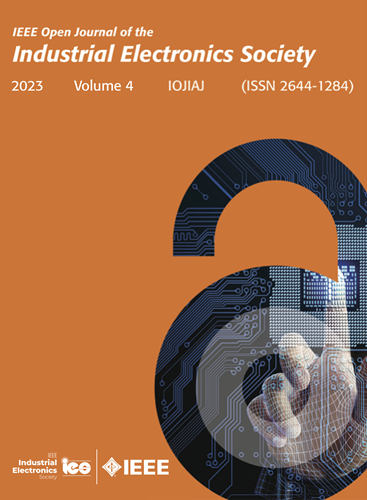部分遮阳条件下光伏系统在线数据驱动双曲假设全局最大功率点跟踪方法
IF 7.2
1区 工程技术
Q1 AUTOMATION & CONTROL SYSTEMS
引用次数: 0
摘要
针对部分遮阳条件下光伏(PV)阵列效率下降和输出功率振荡问题,提出了一种基于在线数据驱动双曲函数模型的全局最大功率点跟踪(GMPPT)方法。该方法利用实时采样数据建立曲线拟合模型,用于光伏产量估计。采用自适应加权因子,将在线拟合模型与传统的扰动观测(P&O)方法动态结合。与现有的GMPPT算法相比,该方法实现了快速的跟踪速度,有效地缩小了搜索范围,减少了搜索过程中的电压轨迹。因此,本文提出的GMPPT方法能够适应环境变化频繁的复杂PSCs,从而提高光伏系统的整体性能。通过与现有方法的对比实验,验证了所提出的GMPPT方法的有效性。本文章由计算机程序翻译,如有差异,请以英文原文为准。
An Online Data-Driven Hyperbolic Assumption Global Maximum Power Point Tracking Method for PV Systems Under Partial Shading Conditions
To address the issue of efficiency degradation and output power oscillation of photovoltaic (PV) arrays under partial shading conditions (PSCs), this article proposes a global maximum power point tracking (GMPPT) method based on an online data-driven hyperbolic function model. The proposed method utilizes real-time sampled data to establish a curve-fitting model for PV output estimation. By employing adaptive weighting factor, the online fitting model is dynamically combined with the conventional perturbation and observation (P&O) method. Compared to existing GMPPT algorithms, the proposed method achieves fast tracking speed and effectively narrows the search range, reducing the voltage trajectory during the search process. Therefore, the proposed GMPPT method is capable of adapting to complex PSCs with frequent environmental changes, thereby enhancing the overall performance of PV systems. The effectiveness of the proposed GMPPT method is validated through comparative experiments with existing approaches.
求助全文
通过发布文献求助,成功后即可免费获取论文全文。
去求助
来源期刊

IEEE Transactions on Industrial Electronics
工程技术-工程:电子与电气
CiteScore
16.80
自引率
9.10%
发文量
1396
审稿时长
6.3 months
期刊介绍:
Journal Name: IEEE Transactions on Industrial Electronics
Publication Frequency: Monthly
Scope:
The scope of IEEE Transactions on Industrial Electronics encompasses the following areas:
Applications of electronics, controls, and communications in industrial and manufacturing systems and processes.
Power electronics and drive control techniques.
System control and signal processing.
Fault detection and diagnosis.
Power systems.
Instrumentation, measurement, and testing.
Modeling and simulation.
Motion control.
Robotics.
Sensors and actuators.
Implementation of neural networks, fuzzy logic, and artificial intelligence in industrial systems.
Factory automation.
Communication and computer networks.
 求助内容:
求助内容: 应助结果提醒方式:
应助结果提醒方式:


